This appears to be a strong case of powdery mildew. We recommend organic treatment whenever possible. Powdery mildew is unattractive and it can affect the flavor and reduce yields of some fruits and vegetables. Although plants are unsightly and can be weakened by an infection, they do not usually die. Powdery mildew on ornamentals is an aesthetic issue, and not usually worth treating. Prevention and control is more important for vegetables. Powdery mildew can be prevented, and it can be controlled once it appears, but it can’t be cured. The key to preventing it is planting mildew-resistant or mildew- tolerant varieties. Resistant varieties get less mildew than susceptible varieties; tolerant varieties may get some mildew, but it shouldn’t affect the performance of the plant. Prevention also includes siting plants where they will have good air circulation, and exposing as much leaf surface as possible to direct sunlight, which inhibits spore germination.To control minor infestations, pick off affected plant parts and bag them tightly and put them in the trash. Utilize an organic fungal control like Actinovate or make your own. Home Recipe – Mix 1 part milk with 9 parts water and spray the stems and tops of leaves with the solution. Reapply after rain. Another recipe –
Spraying leaves with baking soda (1 teaspoon in 1 quart water) raises the pH, creating an inhospitable environment for powdery mildew. Best of luck!!
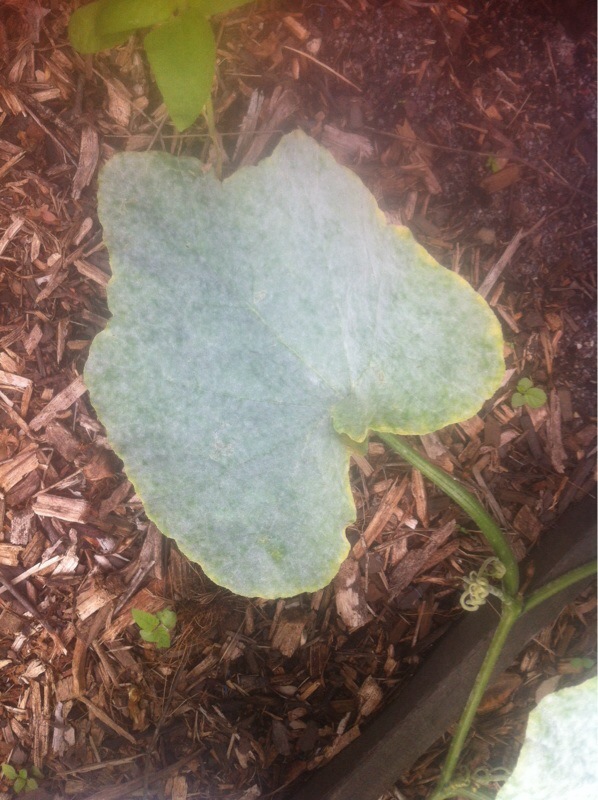
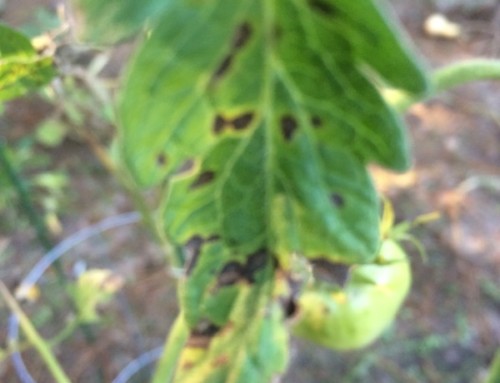
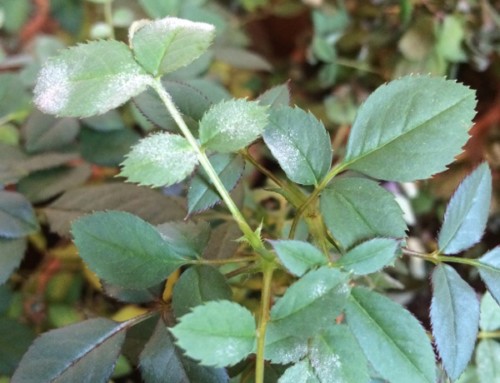
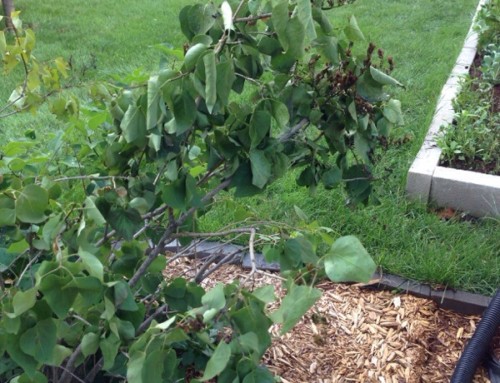
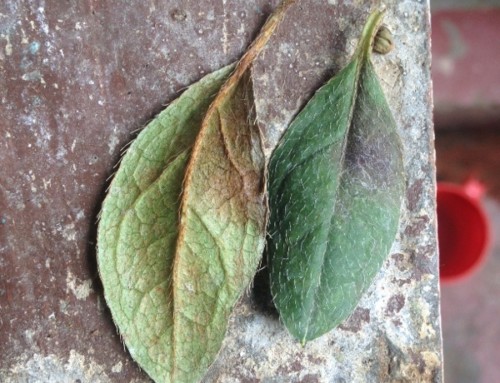
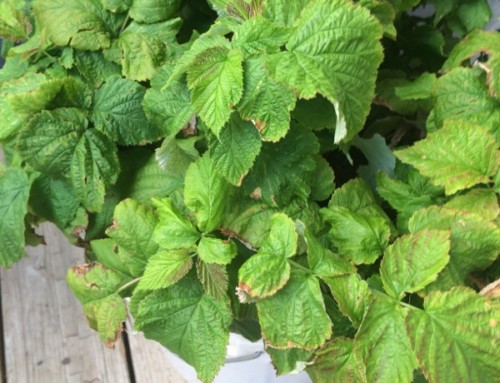
Leave A Comment